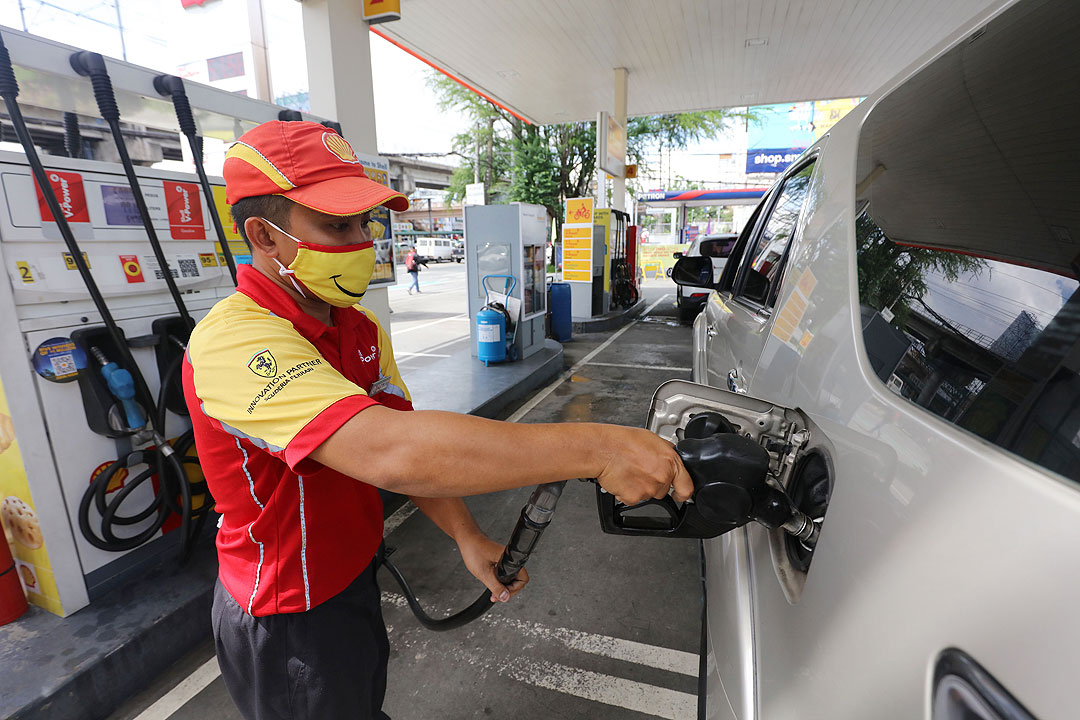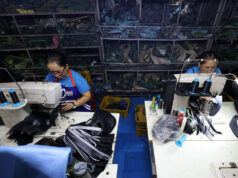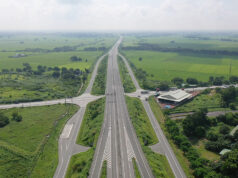Rates on hold amid recovery risks

By Luz Wendy T. Noble, Reporter
THE BANGKO SENTRAL ng Pilipinas (BSP) on Thursday kept its key rate unchanged for a 10th straight meeting, but hinted at an “eventual normalization” of policy once recovery is sustained or inflation risks rise.
The BSP maintained its overnight reverse repurchase rate at a historic low of 2%, as expected by all 16 analysts polled by BusinessWorld last week. The overnight deposit and lending rates were likewise left at all-time lows of 1.5% and 2.5%, respectively.
“The Monetary Board deems it prudent to maintain the BSP’s accommodative policy stance given a manageable inflation environment and emerging uncertainty surrounding domestic and global growth prospects,” BSP Governor Benjamin E. Diokno said at an online briefing on Thursday.
“Looking ahead, given the stronger signs of recovery in output growth and labor market conditions and improvements in domestic financial markets, the BSP will continue to carefully develop its plans for the eventual normalization of its extraordinary liquidity measures when conditions warrant, in keeping with our price and financial stability mandates,” he added.
In 2020, the BSP slashed rates by 200 basis points to support the economy during the pandemic. The last rate cut was in November 2020.
Economic recovery is gaining traction, Mr. Diokno said.
Gross domestic product (GDP) grew by 7.7% in the October to December period, the third straight quarter of expansion. In 2021, GDP expanded by 5.6%, a reversal of the 9.6% contraction in 2020.
“The economy is seen to reach pre-pandemic GDP levels by the third quarter of 2022. At the same time, given the sustained recovery, the output gap is projected to close and turn positive by the second half of this year,” BSP Department of Economic Research Managing Director Zeno Ronald R. Abenoja said.
However, Mr. Diokno said elevated commodity prices, geopolitical tensions and uneven pace of vaccination across economies still cloud the outlook for recovery.
The BSP noted inflation expectations have risen slightly, but still within the target this year and 2023.
“The risks to the inflation outlook continue to lean slightly towards the upside for 2022 but remain broadly balanced for 2023. Upside risks are linked mainly to the continued shortage in domestic pork and fish supply and the possible impact of higher oil prices on transport fares,” Mr. Diokno said.
He said the “increased volatility” in global oil prices would need close monitoring and “appropriate interventions when necessary in order to arrest potential second-round effects.”
The BSP raised its average inflation forecast for this year to 3.7% from its previous 3.4% estimate, still within the 2-4% target but slower than the 4.5% in 2021. It also hiked the 2023 inflation outlook to 3.3% from 3.2%.
“The higher inflation path in 2022 is attributed primarily to higher world nonoil prices, as well as global crude oil prices, that could affect domestic inflation,” Mr. Abenoja said.
“The assumed average Dubai crude oil price is at $83 per barrel this year, which is over $10 per barrel more than the assumption that we had during the December 2021 policy meeting,” he added.
However, Mr. Abenoja said global oil prices are likely to ease with the anticipated increase in supply.
“Inflation is seen to decelerate in early 2022, but to accelerate towards the upper end of the [target] band in the second quarter, before moving back to within the target range in the second half of 2022 until 2023,” Mr. Abenoja said.
He said inflation may initially slow in the early part of the year, mainly due to base effect. Inflation could accelerate slightly above the target in the second quarter due to elevated oil and nonoil prices, he added.
Under the rebased 2018 consumer price index, inflation slowed to 3% in January from 3.2% in December.
Last year, inflation went beyond target due to the elevated oil and food prices. Despite this, the BSP kept interest rates steady, saying monetary policy could not do much to quell supply-side pressures.
“The implementation of non-monetary measures to ensure adequate supply of key food commodities must be sustained in order to mitigate supply-side pressures on inflation,” Mr. Diokno said.
Thursday’s policy review was the first time that Mr. Diokno mentioned an exit strategy, which indicates that an interest rate hike is already being considered within the next few months, ING Bank N.V. Manila Senior Economist Nicholas Antonio T. Mapa said.
“We believe that the trigger point for a potential rate reversal would have to be linked to a solid economic recovery coupled with depreciation pressure on the peso. We retain our expectation for a late second-quarter policy rate hike given a likely strong first-quarter GDP report,” Mr. Mapa said.
The first-quarter GDP data will be released on May 12. The Monetary Board will have its policy review meetings on May 19 and June 23.
On the other hand, Gareth Leather, senior Asia economist at Capital Economics, expects the BSP to keep rates steady for the rest of the year amid a “slow economic recovery.”
He said slowing inflation will buy time for the BSP to keep rates at record lows.
“We estimate that output is still 14% below its pre-crisis trend. Given the weakness of the recovery, we think the central bank will want to keep policy supportive,” Mr. Diokno said.
The Monetary Board will have its next policy review on Mar. 24.



